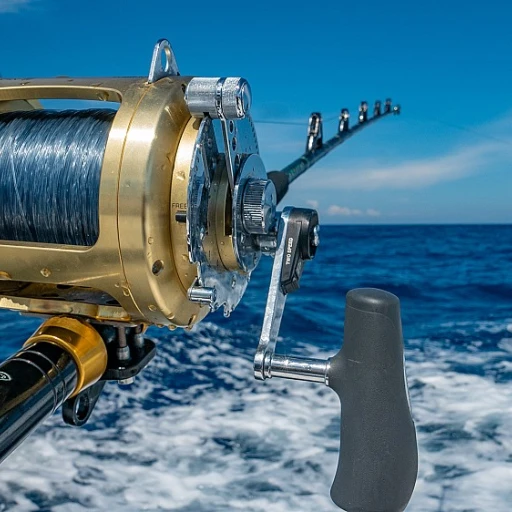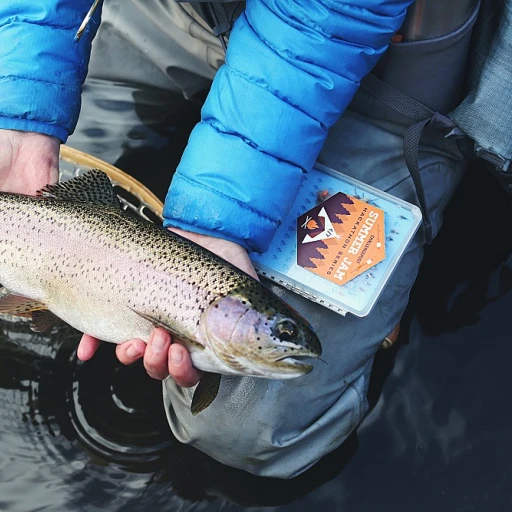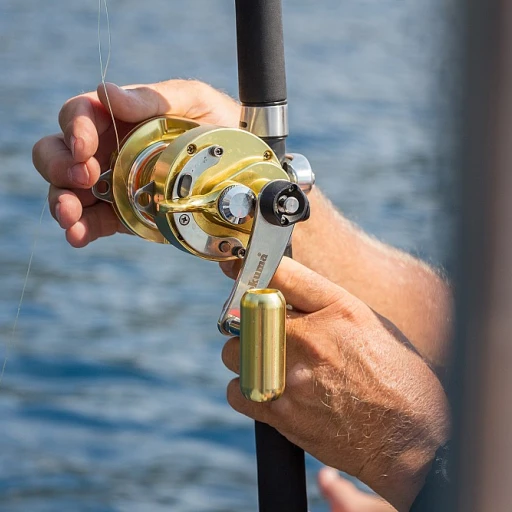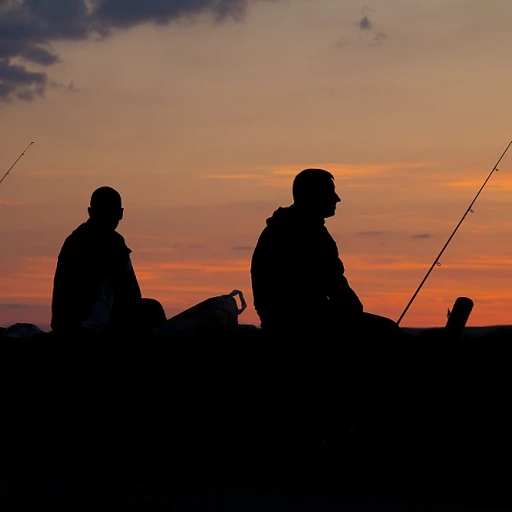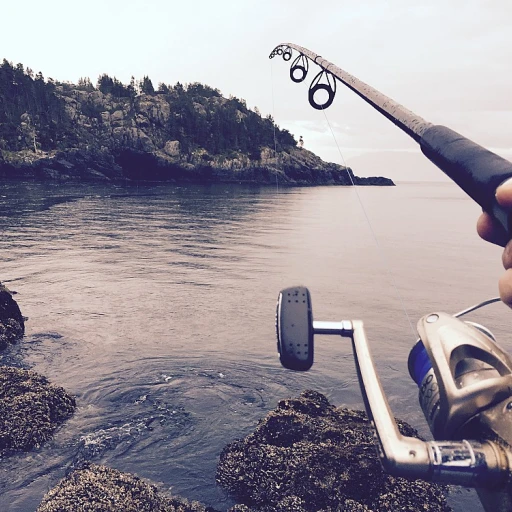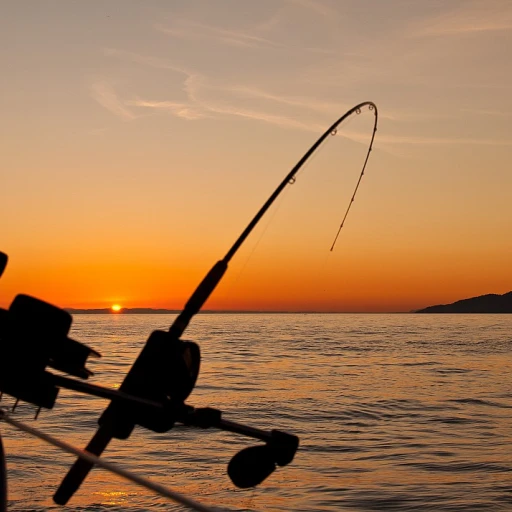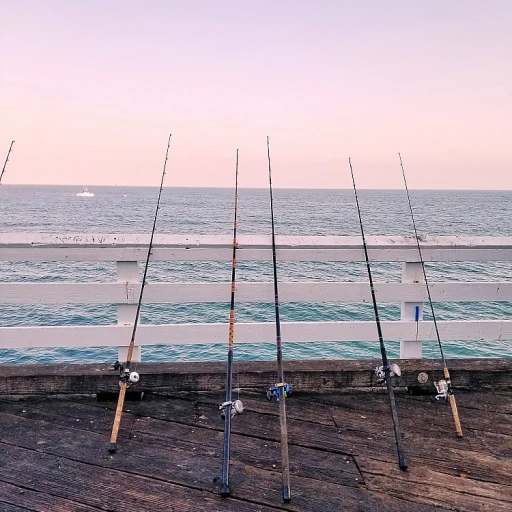
Understanding bluegill behavior
Understanding bluegill habits
If you've ever spent a day on the water chasing bluegills, you know it ain't just about luck. These feisty fish are all about survival, and that means understanding their habits is key if you wanna catch the big boys. Bluegill behavior is shaped by a mix of factors like food, water temperature, and time of day. To hone your skills, let's break down some critical points.
Feeding patterns
Big bluegills are opportunistic feeders. Early mornings and late afternoons are golden times for catching them as they are more actively feeding. According to a 2019 study published in the Journal of Fish Biology, bluegills show peak feeding activity around dusk and dawn due to lower light levels that reduce predator visibility. They mostly feed on insects, small fish, and plant material. Understanding these patterns can help you plan your fishing trips more effectively.
Seasonal movements
Bluegills change their behavior with the seasons. In the spring, they move to shallow waters to spawn. This is prime time to catch larger fish as their aggression goes up during nesting season. During the summer, they prefer cooler, deeper water, while in the winter, they will often be found in the deepest part of the water body where conditions are more stable. It's essential to adjust your techniques accordingly throughout the year.
Habitat selection
Where bluegills choose to hang out depends a lot on habitat. In ponds and lakes, they favor areas with lots of vegetation for hiding and feeding. Bass and bluegill often share these habitats, a symbiotic relationship where bluegills provide food for bass, while the bass keep bluegill populations in check. Knowing this interplay can help you locate these fish. In rivers, they will usually be found in slower-flowing sections where they can conserve energy.
Territorial behavior
Big bluegills are territorial, especially during the breeding season. They fiercely guard their nests, making them easier targets for fishing. According to Bruce Condello, a well-known bluegill expert from Nebraska, understanding this behavior can drastically increase your catch rates. He recommends focusing on nesting areas during the spring.
There's always more to learn when it comes to bluegill fishing. If you want to know the ultimate guide to this flavorful cooking method, we've got you covered!
Essential gear for catching big bluegill
Rods and lines: essential equipment
Any seasoned angler knows that the right rod and line can make or break your fishing trip. For those targeting big bluegill, a fly rod is a popular choice, especially among specialists like Bruce Condello. Condello often emphasizes the use of a light or ultralight rod, which provides good sensitivity yet enough backbone to reel in larger fish.
When it comes to lines, you'll want a line with a suitable strength. For bluegill fishing, an 8-10 pound test line is usually the sweet spot. The smaller the line diameter, the less visible it is in the water, increasing your chances of a bite. Always be ready to play with the fish, especially when going after those elusive big bluegills. Remember, if the line test is too high, it decreases your chances of fooling these cautious creatures.
Hooking the perfect bait
A well-chosen bait is essential. Live bait, such as worms, crickets, and even small minnows, often work wonders. Artificial lures like small jigs and flies, imitating insects or small prey, also offer excellent results. Experienced anglers, such as those at Midwest Outdoors, recommend a mix of both.
Don't forget the tackle box
Keep your tackle box in check. Load it with an assortment of hooks, sinkers, and bobbers. Opt for 6-10 size hooks for live bait and smaller sizes for artificial lures. As per the latest advice from fishing enthusiasts in Texas and Iowa, modifying hook size can make a significant difference in your catch rate.
Accessories that make a difference
In addition to your rod, reel, and tackle, don't overlook the importance of a high-quality fish net for landing big bluegills. A compact and sturdy net can help ensure that your prized catch does not escape at the last minute. Alongside this, polarized sunglasses are vital. They cut through the glare on the water's surface, allowing you to spot bluegills more efficiently.
Gear tips from the pros
Pros like Bruce Condello and enthusiasts from Nebraska and Indiana often stress the importance of maintaining your gear. Clean your rod and reel after every trip to ensure they perform optimally for longer. Regularly inspect your line for any wear and replace it accordingly. Keeping your gear in top shape might just be the key to landing that elusive, giant bluegill you've been daydreaming about.
For more details on maintaining your fishing gear and equipment, be sure to check out the ultimate guide to this flavorful cooking method.
Top techniques for catching big bluegill
Mastering live bait and alternative methods
When it comes to catching big bluegill, using the right bait is essential. While artificial lures can work, natural baits often yield the best results. Start with live baits like worms, crickets, and small minnows. These morsels are irresistible to bluegill and are usually easy to find at your local bait shop. Bruce Condello, a well-known expert in bluegill fishing, emphasizes the importance of presenting live bait naturally. He says, "Big bluegills are smart; they'll inspect your bait closely. Use a light line and small hooks to keep your presentation subtle and realistic." According to Condello, worms are particularly effective in both ponds and lakes where bluegill thrive. Alternative baits like small pieces of shrimp or hot dogs can also be surprisingly effective. Just make sure to adjust your fishing technique to the type of bait you're using. For example, shrimp pieces can be a bit more challenging to keep on the hook, but they can attract larger fish.Effective use of artificial lures
While live bait is often the go-to, don't underestimate the power of artificial lures. Small jigs, spinners, and soft plastics can imitate the natural prey of bluegills and can be very effective. Choose lures in bright colors like yellow, white, or chartreuse to grab their attention. You can find a myriad of options in almost any fishing supply store. For bluegill fishing, especially when targeting larger fish, jigging is a popular technique. A small jig tipped with a soft plastic grub can work wonders. Cast near underwater structures like sunken trees or vegetation where bluegills often hide. Let the jig sink slowly, then use short jerks to mimic the movement of an injured prey. This approach can be especially effective in catching big bluegills hiding in such spots.Fly fishing for bluegills
Fly fishing isn't just for trout; it can be an exciting way to catch bluegills, too. Using a lightweight fly rod, anglers can cast small dry flies, nymphs, or even poppers to tempt big bluegill into biting. Fly fishing is particularly thrilling in shallow waters such as ponds and the edges of lakes. During the warmer months, bluegills tend to stay closer to the surface, so a dry fly can be particularly effective. Try using a small foam spider or a mini popper. Cast near the water surface and watch as the bluegills dart up to smash the fly, making it a visually exciting method. For those interested in learning more about record catches in the fishing world, you'll enjoy exploring "The Ultimate Guide to Record Muskie: Uncovering the Biggest Catches and the Anglers Behind Them" on Fishing Magazine. It's packed full of inspiring stories and successful techniques.Using advanced technology
Aside from traditional fishing tactics, modern anglers can take advantage of advanced technology to enhance their chances of success. Fish finders, for example, can help identify the depths at which big bluegills are swimming. GPS devices can also be beneficial in marking productive fishing spots. According to a study published in Midwest Outdoors, the use of technology like fish finders can increase catch rates by up to 35%. These tools not only save time but also make your fishing experience more efficient and enjoyable. It's fascinating to see how blending traditional techniques with modern advancements can significantly improve your success rates. Remember, it's all about staying adaptable and open to trying different strategies to catch those elusive big bluegills.Pond management for growing giant bluegill
Optimizing your pond to grow giant bluegill
Creating an environment where bluegills can thrive and reach impressive sizes involves understanding key factors that influence their growth. Known for their hard-fighting nature, bluegills need a well-maintained habitat to grow to their full potential. Let's dive into some essential strategies to manage your pond effectively to cultivate giant bluegills.
Stocking considerations
When stocking a pond, balance is crucial. Overpopulating a pond with bluegills can lead to stunted growth due to competition for resources. According to Arkansas Game and Fish Commission, a good starting point is 500 bluegill fingerlings per acre. Adding predator fish like largemouth bass can help manage bluegill population. Bruce Condello, a renowned expert in pond management, recommends a ratio of 1 bass to 10 bluegills.
Feeding strategies
Bluegills thrive on a diet rich in protein. Supplemental feeding can significantly boost their growth. Studies by the Nature Conservancy in North Carolina show that high-protein fish pellets can lead to faster growth rates. Ensure to feed multiple times daily for optimal results. Mix natural food sources with commercial feed to provide a balanced diet.
Habitat enhancements
Creating hiding spots and spawning areas is crucial for bluegill reproduction. Installing structures like brush piles, aquatic plants, and rock beds can provide necessary cover. In Midwest regions, modifying pond habitat in spring, just before spawning season, can positively impact bluegill size. According to Iowa Department of Natural Resources, aquatic vegetation should cover at least 20% of the pond area.
Water quality management
Maintaining water quality is vital. Regularly test water for pH levels, ammonia, and oxygen content. Ideal pH levels for bluegill ponds range between 6.5 and 9.0. Pond aeration systems can help maintain adequate oxygen levels, especially during hot summer months. A 2020 study by the Texas Parks and Wildlife Department emphasized the importance of aeration in preventing fish kills due to oxygen depletion.
Controlling pond predators
Predatory birds like herons and mammals such as raccoons can significantly impact bluegill populations. Install predator control measures such as netting or decoys. Additionally, managing terrestrial vegetation around the pond can deter predators. US Fish and Wildlife Service suggests periodically patrolling the pond shore to keep potential threats at bay.
Monitoring growth and health
Regularly monitor bluegill growth by sampling different age classes. Maintain a record of growth rates and overall health. Healthy bluegills exhibit vibrant colors and are active feeders. The Wisconsin Department of Natural Resources recommends biannual fish population assessments to ensure your management practices are working effectively.
By implementing these strategies, anyone can transform their pond into a haven for growing giant bluegills. This approach not only increases the chances of catching impressive fish but also promotes a healthy aquatic ecosystem.
Case studies: Record bluegill catches
The science behind record bluegill catches
One of the most captivating aspects of big bluegill fishing is the record-breaking catches that leave anglers in awe. These giant bluegill specimens are not only a testament to the skill of the fishermen but also to the remarkable conditions of the water bodies they inhabit. An exceptional bluegill caught in 1950 by T.S. Hudson in Ketona Lake, Alabama, still holds the world record at an astounding 4 pounds 12 ounces (Outdoorlife.com). Such massive catches offer a window into the potential of our fishery management and the strategies employed to enhance the growth of bluegills.Case study: Bruce Condello's bluegill masterclass
Bruce Condello, a renowned angler from Nebraska, has become synonymous with catching giant bluegills. He has spent years perfecting his techniques and understanding the subtle nuances of bluegill behavior. According to an interview in Midwest Outdoors, Condello attributes his success to a combination of targeting specific times of the year, utilizing specific baits, and meticulously managing his fishing ponds. Condello's ponds are meticulously managed to maintain optimal conditions for bluegill growth, which has led him to catch multiple bluegills over 3 pounds.Historical significance of big bluegill catches
The historical records of big bluegill catches also add a layer of intrigue to this favorite sport. For instance, it is well documented that the state record for bluegill in North Carolina stands at 4 pounds, caught by Ray Sheppard in 1967 (North Carolina Wildlife Resources Commission). These records not only highlight impressive individual accomplishments but also serve as benchmarks for aspiring anglers.Insights from the field
Jim Gronaw, a prominent bluegill fishing expert from Maryland, emphasizes the importance of understanding the forage base in bluegill habitats. In his articles for Outdoor Life, he explains that a balanced diet incorporating both natural foods and supplemented fish feed can significantly impact the growth patterns of bluegills. According to Gronaw, maintaining an optimal forage base can lead to tremendous growth rates and potentially record-size catches. By exploring these case studies and gleaning insights from experts, you can gain a comprehensive understanding of what it takes to break records and catch the giants of the bluegill world. Remember, a combination of skill, timing, and meticulous management is often the recipe for success.Expert insights on bluegill fishing
Insights from veteran anglers
Bruce Condello, a renowned expert in catching big bluegill, emphasizes the importance of location and timing. According to Condello, "Bluegills are most active during the cooler parts of the day. Dawn and dusk are the prime times for catching large bluegills as they move closer to the shore to feed." His insights are backed by a study from the North Carolina Wildlife Resources Commission, which found that bluegill activity peaks in the early morning and late evening.Best practices from Indiana fisheries
In Indiana, fisheries biologist Tom Lang suggests using live bait such as worms or crickets for the best results. Lang's research indicates that live bait increases catch rates by up to 50% when targeting bull bluegills. He also advises anglers to pay attention to water temperature, as big bluegills thrive in water temperatures between 70-80°F.Pro tips from Midwest Outdoors
Midwest Outdoors magazine highlights the significance of stealth when fishing for big bluegills. "Big bluegill are wary and can be easily spooked by noise or sudden movements," notes John Balla, a seasoned contributing writer. Balla recommends using lightweight fly rods for a more subtle approach, ensuring your bait lands softly on the water.Unique strategies from Texas ponds
In Texas, pond management expert Mark Griffin of Griffin Fisheries has been instrumental in helping anglers grow giant bluegill. Griffin's approach involves stocking ponds with a balanced mix of bluegill and bass. "Bass control the bluegill population, allowing the survivors to grow larger," he explains. His methods have yielded bluegills weighing over 2 pounds.Record catches and what we can learn from them
A memorable record bluegill caught in North Carolina, weighing 4 pounds 12 ounces, demonstrates the potential of local ponds. The angler, relying on a simple crappie jig, caught this giant at a pond known for its excellent management. This catch underscores the importance of habitat quality and proper pond management in achieving record-breaking sizes.Words of wisdom from Wisconsin and beyond
Veteran angler Mike Slattery from Wisconsin stresses the need to personalize your approach based on the fishing location. "Bluegill behavior can vary significantly from one pond to another," he advises. Whether you are fishing in the calm waters of Michigan or the vibrant lakes of Canada, adapting to local conditions and learning from experienced anglers in the area can make all the difference.Understanding and leveraging these insights from experts across the spectrum can greatly enhance your bluegill fishing experience, ensuring not just higher catch rates, but also those trophy-sized bluegills that every angler dreams of.
Best locations for catching big bluegill
Hot spots for bluegill enthusiasts
For those looking to catch big bluegills, some places stand out more than others. North Carolina, with its warm waters and plentiful food sources, offers excellent opportunities. The state's record bluegill weighed in at 4 pounds 5 ounces, caught from a private pond. Wisconsin's sprawling lakes and ponds also provide prime locations for landing a bull bluegill. Don't forget Mexico and Canada, known for their untouched fishing waters brimming with larger fish.
Best times to fish for big bluegills
Timing is everything. Early morning and late afternoon are usually the best times to catch bluegills, especially during the warm months when they are most active. Night fishing can also yield a great catch, as bluegills tend to be less wary under the cover of darkness. For those interested in the best bluegill fishing, summer months provide the ideal water temperatures that attract bigger fish.
Bring your fly rod to Nebraska
Nebraska might not be the first place that comes to mind for bluegill fishing, but the Sandhills lakes are known for their giant bluegills. Fly fishing is particularly effective here due to the clear waters and abundant insect life. Using a fly rod can increase your chances of catching a bluegill big enough to brag about.
Expert insights from bruce condello
Renowned bluegill enthusiast Bruce Condello emphasizes the importance of selecting the right bait. According to Condello, artificial lures mimicking insect larvae or small fish are excellent choices. He also recommends focusing on the edges of weed beds or sunken structures where bluegills tend to gather.
Case study: giant bluegill catches
In Texas, a fisherman landed a bluegill weighing 3 pounds 7 ounces in Lake Fork. The fish was caught using a bait that mimics a small cricket, an excellent choice for these panfish. Not far off, in Michigan, the state's record bluegill weighed 2 pounds 12 ounces, reinforcing the fact that proper bait and technique can yield impressive results.
Using technology to your advantage
Diversifying your fishing techniques with digital access to fishing reports and weather updates can significantly improve your success rates. Midwest Outdoors, a reputable source for fishing information, offers digital access to updates and tips, making it easier to plan your next fishing trip effectively. Ensuring you’re well-prepared with the latest information can often be the difference between a good day and a great day on the water.
Regional hotspots to explore
Don't overlook local ponds and lakes in Indiana and Iowa for some amazing bluegill opportunities. Northwest Iowa, in particular, has been known for substantial bluegill populations. Meanwhile, Minnesota and South Dakota lakes also promise exciting fishing adventures with the potential to catch a big bluegill.
Maintaining proper pond management and employing effective fishing techniques are key to landing those giant bluegills. Always keep your gear in top condition, and remember – the best fishing spots might be just a short drive away.

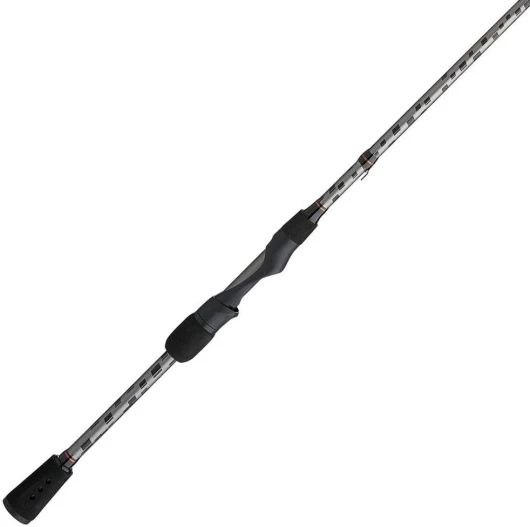
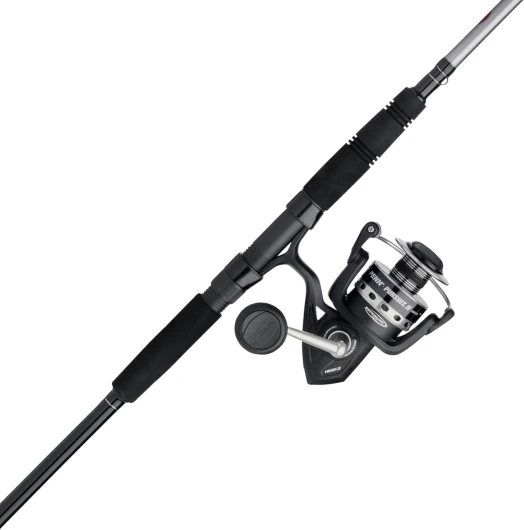
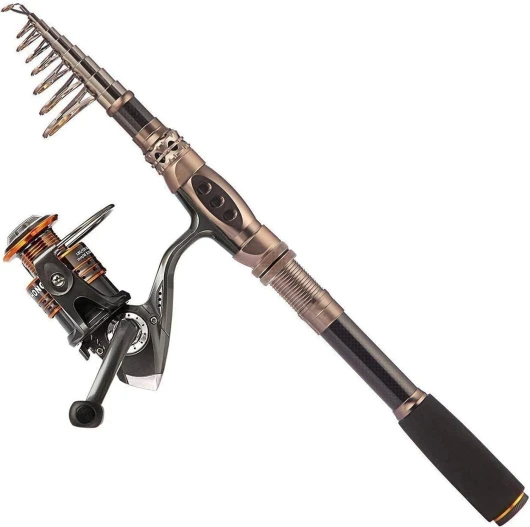
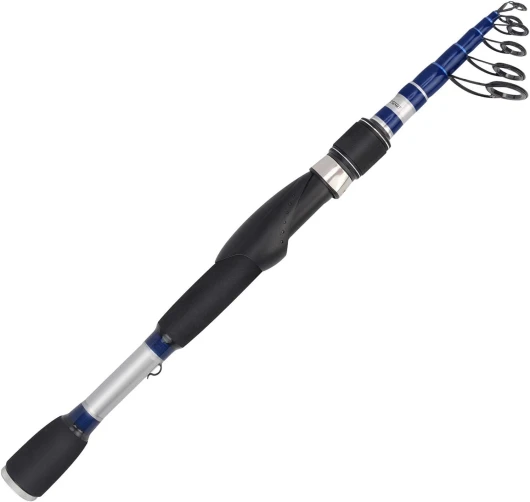
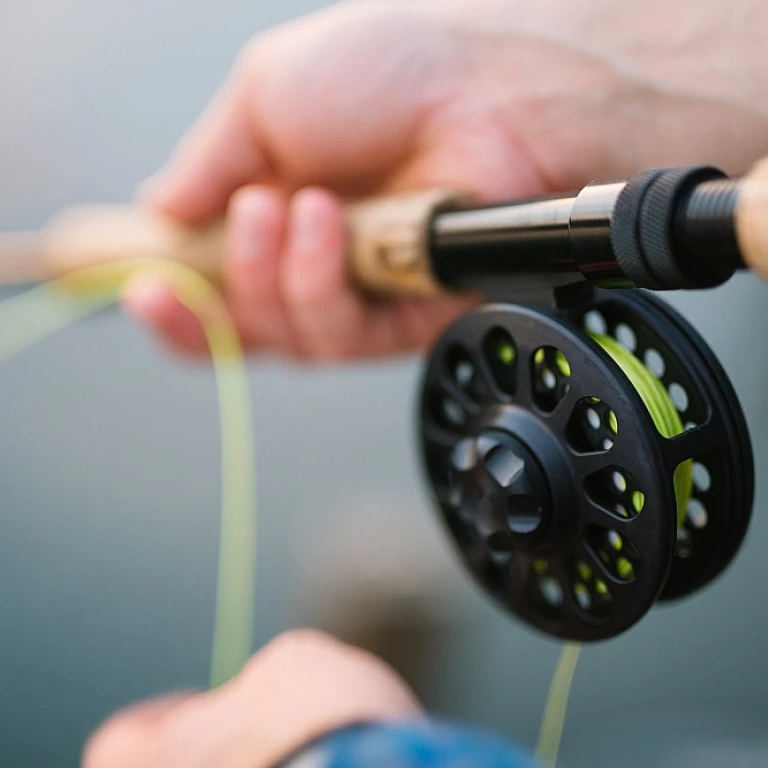


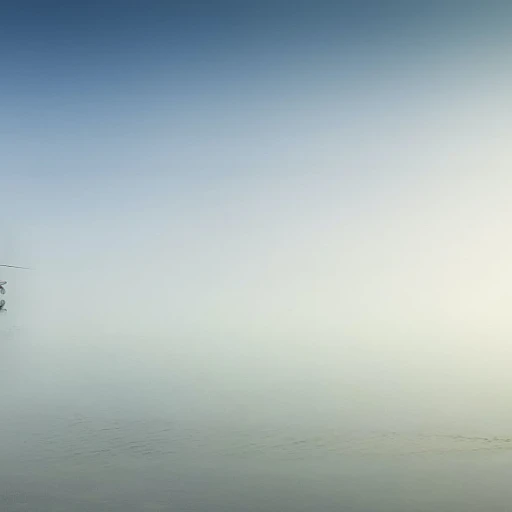
-large-teaser.webp)
